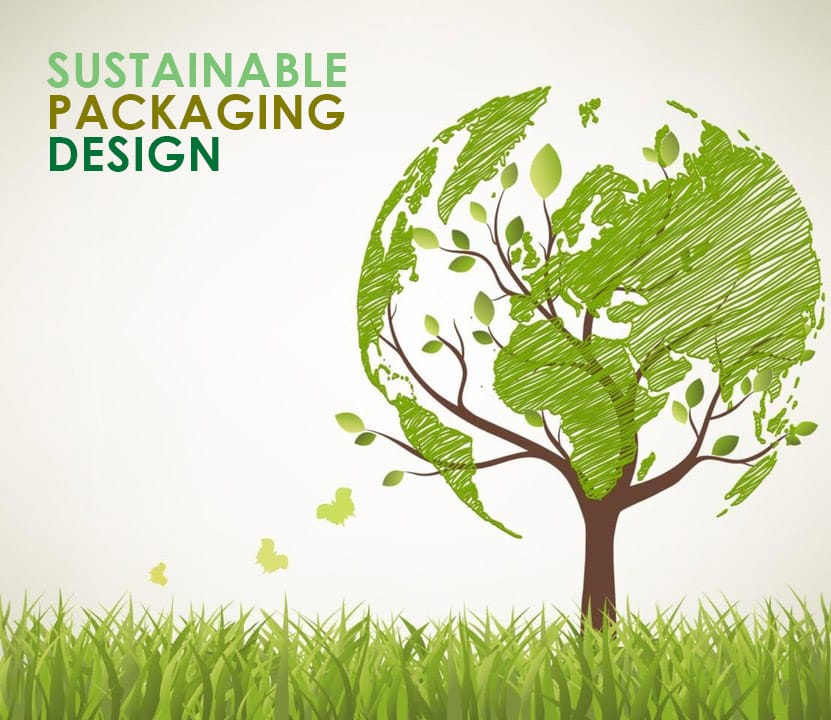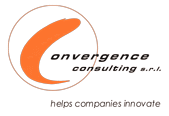
In today’s rapidly evolving business landscape, sustainability has gained considerable importance across various industries. Companies worldwide recognize the significance of adopting eco-friendly practices as environmental concerns grow. The packaging industry, in particular, is witnessing a significant shift towards sustainability to minimize its ecological footprint and contribute to a greener future. This article explores the transition towards sustainable packaging materials and its crucial role in enhancing product design and development. This transition presents opportunities and challenges for businesses like Convergence Consulting in Bologna, Italy, which offers product design and development consulting services.
The Importance of Sustainable Packaging Materials
The traditional use of single-use plastics and non-recyclable materials has led to a surge in plastic waste, causing severe environmental pollution. On the other hand, sustainable packaging materials are designed to minimize negative impacts on the environment while offering practical protection and containment for products. These materials can be biodegradable, compostable, recyclable, or made from renewable resources. Companies that embrace such materials demonstrate their commitment to sustainability, which resonates with eco-conscious consumers.
The Need for Sustainable Packaging
Sustainable packaging is no longer an industry buzzword—it’s a necessity. Amid rising concerns about climate change and plastic pollution, consumers and businesses seek solutions that lessen environmental impact. Traditional packaging materials once heralded for their durability and low cost, have become problematic due to their non-biodegradability and harmful production processes.
Sustainable Packaging and Product Design
The transition to sustainable packaging materials has far-reaching implications for product design. Sustainable packaging requires innovative thinking to strike the right balance between functionality, aesthetics, and environmental responsibility. Product designers need to consider the lifecycle of packaging materials, assess their environmental impact, and choose fabrics that align with their company’s sustainability goals. This shift in approach challenges product designers to create packaging solutions that are efficient, attractive, and in harmony with nature.
Enhancing Product Development with Sustainable Packaging
Product development is a multifaceted process that involves various stakeholders. The adoption of sustainable packaging materials has the potential to drive positive changes throughout this process. By considering sustainable packaging from the initial stages of product development, companies can ensure that the final product aligns with eco-friendly objectives. This holistic approach to product development minimizes waste and cultivates a culture of environmental responsibility within the organization.
Leveraging Packaging Automation and Wrapping Systems for Sustainability
Automation and advanced wrapping systems play a crucial role in sustainable packaging practices. Optimal packaging design can reduce material wastage and save resources. Companies like Convergence Consulting, which specialize in packaging automation and wrapping systems, can assist businesses in identifying eco-friendly alternatives, streamlining packaging processes, and improving overall sustainability. Leveraging automation technology ensures consistent and precise packaging, eliminating human errors and enhancing resource efficiency.
Precision Equipment and Biomedical Packaging Sustainability
The need for sustainability is particularly critical in precision equipment and biomedical packaging. Medical devices and equipment require specialized packaging to ensure their integrity and sterility. By integrating sustainable materials and practices into biomedical packaging, Convergence Consulting and other companies in this field can significantly reduce their environmental impact while upholding the highest quality standards. Furthermore, sustainable practices in biomedical packaging align with the values of healthcare institutions and eco-conscious consumers.
Overcoming Challenges in Transitioning Towards Sustainable Packaging
Transitioning towards sustainable packaging materials presents challenges, such as cost considerations, supply chain complexities, and regulatory compliance. However, proper planning, collaboration, and investment can surmise these challenges. Companies must view sustainability as an investment in their future, building a reputation as an environmentally responsible organization and gaining a competitive advantage.
Transitioning towards sustainable packaging can be a daunting task for companies, but with careful planning and strategic implementation, it is possible to make the process cost-effective. Here are some key steps that companies can take to ensure a cost-effective transition:
- Conduct a Sustainability Assessment: Begin by assessing the current packaging practices, identifying areas that need improvement, and setting clear sustainability goals. Understand the environmental impact of existing packaging materials, processes, and transportation to determine the most significant areas for improvement.
- Focus on High-Impact Changes: Prioritize changes that have the most significant positive impact on sustainability while keeping costs in check. For instance, targeting single-use plastics or excessive packaging may substantially impact sustainability more than focusing on minor packaging components.
- Collaborate with Suppliers: Engage with suppliers and packaging partners early in the process to explore sustainable alternatives together. Suppliers may have cost-competitive innovative solutions, and collaborating can lead to mutually beneficial outcomes.
- Invest in Research and Development: Allocate resources for developing new, sustainable packaging materials and methods. Investing in innovation may lead to long-term cost savings as sustainable materials become more widely available and cost-effective over time.
- Consider Life Cycle Analysis (LCA): Conducting a life cycle analysis of different packaging options can help assess their environmental impact throughout their entire life cycle, from raw material extraction to disposal. This analysis can provide insights into which options are the most sustainable and cost-effective in the long run.
- Optimize Packaging Design: Streamline packaging designs to use fewer materials while maintaining product protection. Reducing the size and weight of packages can lead to significant savings in materials, storage, and transportation costs.
- Explore Recycling and Circular Economy: Design packaging with recycling in mind and support initiatives that promote the circular economy. Packaging materials that can be easily recycled or reused often contribute to cost savings.
- Utilize Eco-Friendly Materials: Look for alternative packaging materials that are eco-friendly and cost-competitive. Materials like recycled paper, bioplastics, or compostable materials may be viable options, depending on the specific product and market.
- Leverage Government Incentives: Investigate potential government incentives, grants, or subsidies that support sustainable packaging initiatives. Some regions offer financial support or tax benefits to companies implementing environmentally friendly practices.
- Educate Employees and Consumers: Properly educate employees about the importance of sustainability and how their actions contribute to the company’s goals. Additionally, inform consumers about the benefits of sustainable packaging and how they can support these initiatives, which may positively influence their purchasing decisions.
- Gradual Implementation: Consider a phased approach if a full-scale transition is financially challenging. Gradual implementation allows the company to test and adapt sustainable packaging solutions over time, spreading the costs and minimizing potential risks.
By following these steps and integrating sustainability into the company’s core values and practices, the transition towards sustainable packaging can become cost-effective and a competitive advantage in the long run as consumer preferences increasingly favor environmentally conscious products and practices.
Conclusion
In conclusion, the transition towards sustainable packaging materials is no longer a mere option but a necessity for businesses across the globe. As companies like Convergence Consulting offer consulting services in product design and development, they are uniquely positioned to lead the charge toward eco-friendly practices in packaging automation, wrapping systems, precision equipment, and biomedical equipment.
Experience the power of convergence with Convergence Consulting. Let us unlock the full potential of your ideas and help you achieve your business objectives. Contact us today to discover how to collaborate to drive innovation and success.

Leave a Reply